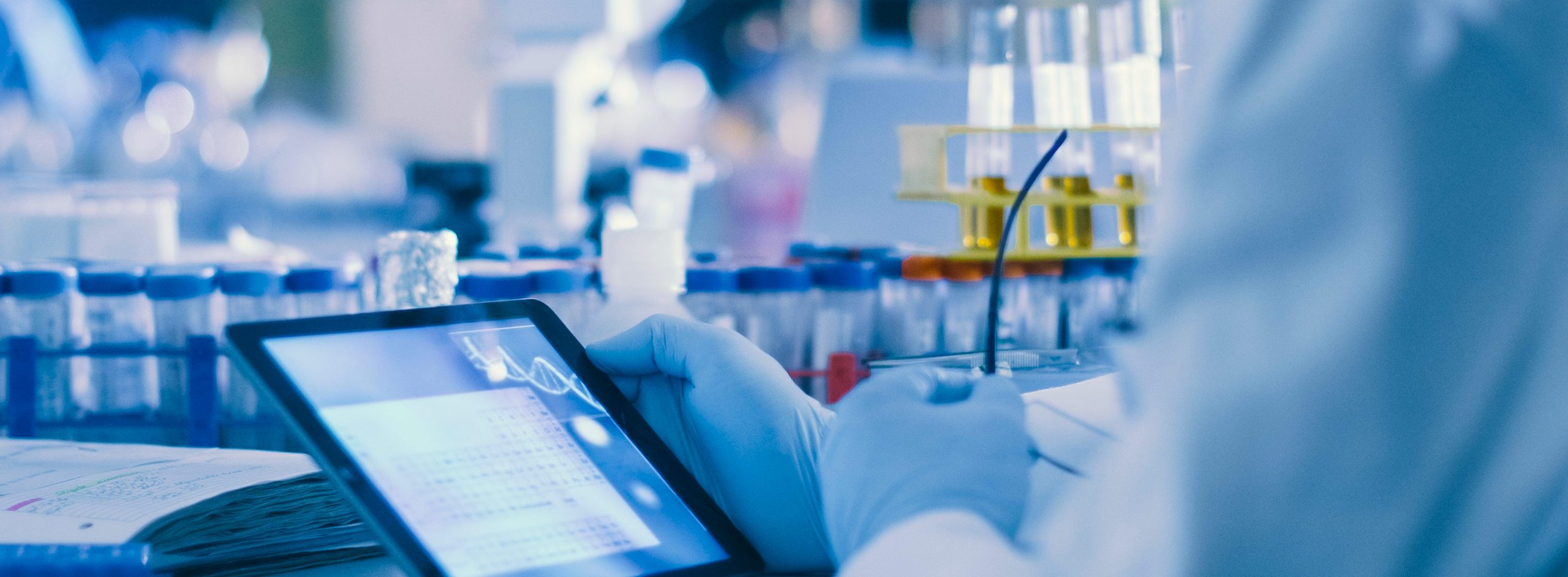Over the last year, we’ve witnessed an unprecedented race among big pharmaceutical companies and even countries themselves to bring vaccines to the masses. Facing enormous economic pressure and the weight of millions of lives in the balance, the stakes for a vaccine were high.
Still, the announcement of the first vaccine, Sputnik V, on August 11, 2020 — in a record time of 9 months from the emergence of the virus — raised eyebrows. People were duly concerned for its safety and efficacy under such time constraints. Never before had any drug or vaccine made its way to market in such a short span of time. And exactly that was the reason for all the concern.
The Process of Drug Discovery
The journey of a drug from the time of its identification as a probable remedy to its appearance in the market typically spans around 5-10 years.
It starts by looking for which component/molecule/protein is attacked by the disease and what could counter attack this mechanism. Identifying a warrior component for the counter attack is not an easy task. One has to choose from thousands of probable candidates. Short listed candidates go through several tests such as ADME, test tube performance, and then trials in animals. Failure in any test simply means elimination, and few survive until the end.
A successful trial in animals gives confidence to use that candidate in humans for clinical trials, but even so, this is a slow process that starts small. The last milestone is FDA approval. Once approved, the drug is ready to make a foray into the market.
Researchers spend billions of dollars and almost a decade to get a drug to market. Considering the timeline and the arduous process of drug development, it is no surprise that people are skeptical of the COVID-19 vaccine.
But COVID-19 has taught us that time is money AND life. One cannot afford a decade and billions of dollars to bring a drug to market in such a situation. At the same time, efficacy and the safety of human beings cannot be ignored in a rush for a drug. Is there a way to reduce time spent on candidate selection? Can a drug which is already tested and declared safe be repurposed for the new challenge? Can clinical trials be better designed?
Machine learning might be the answer. For example, Insilico Medicine identified a potential new drug for fibrosis in just 46 days. DeepMind made headlines recently by illustrating the power of AI to model protein folding which could enable scientists to target and design new effective cures for diseases more efficiently.
Here are some use cases that could be promising for the future of ML-driven drug discovery:
ML for Novel Drugs
The most daunting task in drug discovery is identifying a candidate for a drug. Ray et.al employ an ensemble of support vector machines and radial basis functions to predict novel drugs for COVID-19 from more than 10 million chemicals available on the ZINC 15 database. Nearly 300 proteins are involved in the COVID-19/human interaction. Out of these, 65 proteins were considered as therapeutic candidates. The authors generated a database of predictions for these proteins based on structural similarity and machine learning model.
The authors claim that it is a resource to rapidly identify and test novel, safe treatment strategies for COVID-19 as well as other diseases where target proteins are relevant. The paper also demonstrates use of ML for screening of ~100,000 FDA approved drugs to predict activity from chemical structure and thereby identification of appropriate drugs for COVID-19.
An interesting application of their ML models is to identify volatile drug candidates from the ZINC database. These compounds may be biologically sourced and therefore microbes could be genetically engineered to produce them en mass. As a welcome benefit, it would reduce the strain on global supply chains for chemicals that are necessary in synthesizing certain pharmaceuticals.
ML for Drug Repurposing
Drug repurposing is a much more attractive option than identification of a novel drug. Kuang et.al presents an interesting application of ML on the Electronic Health Records of 75,146 patients to identify and repurpose a drug for diabetes.
The premise is that drugs prescribed in the recent past affect the current levels of Fasting Blood Sugar (FBS). A patient might be taking drugs for more than one ailment. From 3,33,907 FBS measurements along with recent drug prescriptions from 75,146 patients, 200 drugs were shortlisted. Following manual scrutiny, the authors have come up with 30 drugs. Out of these, 16 drugs are not normally used to control blood sugar; however, based on a literature review, the authors feel that these could be potential candidates for FBS control.
The idea is not restricted to FBS; it can be extended to finding drugs for all ailments that are routinely checked for and drugs are prescribed such as hypertension, cholesterol, thyroid etc. This can help to identify drugs with lesser side effects or drugs which could target two birds with one stone.
ML for Clinical Trials
While drug candidate discovery is a daunting task, clinical trials are what take the most amount of time, lasting anywhere from two to ten years. Diversity in the patient population makes it a challenge because different population segments react differently to different drugs.
It is important to identify subgroups for which the treatment is effective and continue trials for such groups. Zame et.al has proposed a robust recursive partitioning method to identify such subgroups. A simulation has indicated great promise in refining clinical trials.
Another aspect of clinical trials is the randomized allocation of treatment to each patient from the pool of subjects throughout the trial. Reda et.al talk about a Multi-Armed-Bandit algorithm for adaptive clinical trials wherein the next allocated treatment could be dependent upon the outcome of the previously allocated treatment. This approach offers the possibility of determining the best treatment for each individual patient over time, which is a level of personalization of care heretofore unimaginable.
ML in Drug Discovery: It’s Just a Start
The drug discovery process is a multifaceted problem. It involves chemistry, all kinds of omics, human beings, their health, the effects of trials on their health, time, money, and the competition to be a market leader.
The ML applications referenced here form tiny grains in a vast desert, but, because of ML’s inherent ability to extract patterns, correlate data, and process new and unseen data, it remains a promising tool in drug discovery. It has a long way to go and rigorous scrutiny before it can be relied upon, but the pandemic has shown us that the drug discovery process can be more efficient when the right resources are allocated to a problem and we have the will to get things done. We might look back at the COVID-19 vaccines as catalysts for an ML-centered drug discovery revolution.
Dr. Mrinal Puranik is a Domain Expert in the Life Sciences Domain at Persistent Systems, where she has researched image processing, microarrays, and Next Generation Sequencing data analysis over the last 12 years. Dr. Puranik received an M.Sc. in Electronics and an M.Phil. in Image Processing and Pattern Recognition at the University of Pune, as well as a Ph.D. in Electronic Science in VLSI, Neural Network, and Image Processing.
This post was originally published at Healthcare Business Today.
Find more content about
Drug Development (1) vaccine (1) drug (1) clinical trials (1) COVID-19 vaccine (1) Drug Discovery (1) drug revolution (1)






